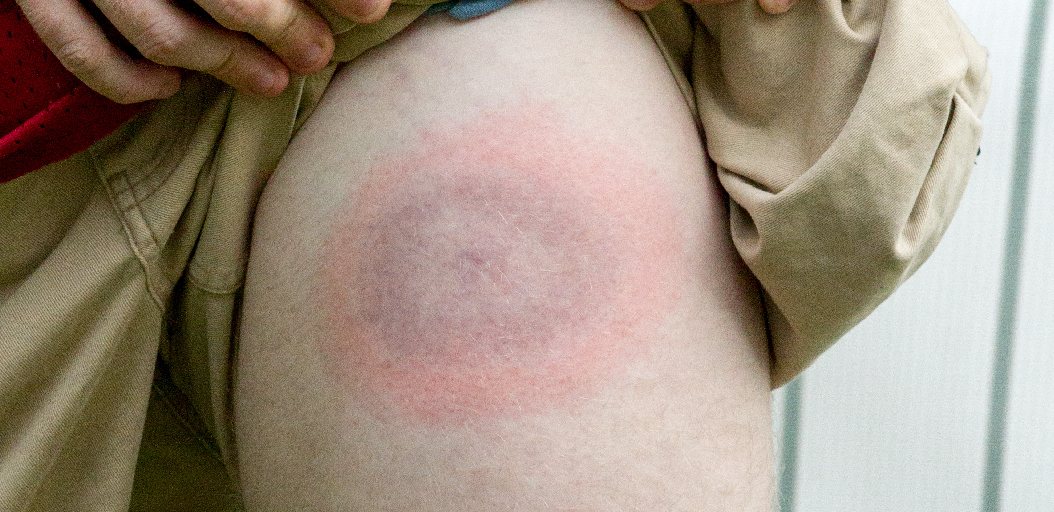As temperatures rise and outdoor activities return, it’s important to be mindful of risks. Before setting off on hiking, camping, boating, and other adventures this season, let us all pause and make ourselves aware of the dangers posed by ticks in our region. You may have heard of Lyme Disease, but what do you really know about it? This Lyme Disease Awareness Month, we are taking a moment to shine a light on this infectious disease to help encourage diligence and precaution this summer.
What is Lyme Disease?
Lyme disease is an infectious disease transmitted to humans from tick bites. Ticks infected with a bacteria called Borrelia burgdorferi carry Lyme disease and are most active between the months of April and September. We are in the midst of the prime time for infection, so it is important to be vigilant. Be on the lookout for the black-legged deer tick, which is often found in the north-central US and is a regular carrier of the Lyme Disease bacteria. Not all ticks are infected with disease-causing bacteria. Depending on the region, anywhere between 1%- 50% of ticks are infected.
Who Is At Risk?
There are no pre-existing conditions that cause someone to be more or less at risk of developing Lyme disease. Risks are associated with circumstances, such as an extensive amount of time spent outdoors in woodland areas, low-growing grasslands, and yards. People that have outdoor pets are also more at risk, as dogs often carry ticks into the home.
What are the Symptoms of Lyme Disease?
So, how do we determine whether a tick bite is simply a nuisance or a cause for serious concern? The primary tell-tale symptom of an infected bite is a red rash. This rash can appear several days after infection and last up to several weeks and often resembles a bulls-eye shape. Sometimes the rash itches or feels hot, similar to hives or an allergic reaction. Flu-like symptoms may also occur; headache, stiff neck, aches, fever and chills, and fatigue. Further down the road, symptoms can escalate to neurological struggles, cardiovascular issues, and severe arthritis.
Can Lyme Disease Be Prevented?
Unfortunately, there is a lot we still don’t know about Lyme Disease. There is no vaccine or immunity that has been discovered so far, so hyper-vigilance is key to help us avoid Lyme disease and catch suspicious tick bites early. The best thing we can do is dress appropriately when enjoying outdoor activities; light-colored clothing, long-sleeved shirts, socks, closed-toed shoes, and long pants with pant legs tucked into socks. Bug repellents that include DEET do repel ticks, but don’t necessarily kill them. Even if you’ve used spray, it’s still important to check for ticks. Always shower after outdoor activities and closely inspect your body for ticks. If you have small children, do this for them and teach them to be watchful.
If you have questions or concerns about Lyme Disease this season, please speak with your doctor. Together, we can do our best to have a safe, active, and enjoyable summer!


